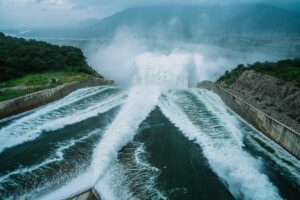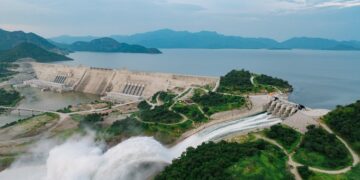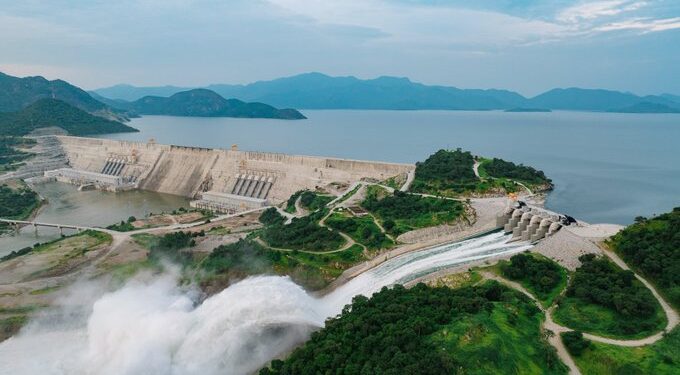Addis Ababa — Ethiopia’s Prime Minister, Abiy Ahmed (Ph.D), has officially inaugurated the Grand Ethiopian Renaissance Dam (GERD), Africa’s largest hydroelectric power project, in a historic ceremony attended by several African heads of state, including Kenyan President William Ruto.
The inauguration of the $5 billion project marks a major milestone for Ethiopia and the African continent, promising to transform the region’s energy landscape. Once fully operational, the GERD will generate over 5,000 megawatts of electricity, providing power to millions of households across Ethiopia and neighbouring countries.
Prime Minister Abiy hailed the dam as a symbol of Ethiopia’s resilience, unity, and ambition, noting its potential to drive industrialisation, electrification, and economic growth. “The Grand Ethiopian Renaissance Dam is not just a national project; it is a continental asset that represents progress, cooperation, and the shared aspirations of Africa,” he said.

Kenyan President William Ruto lauded the inauguration as a triumph for African ingenuity and regional integration. He emphasised the longstanding partnership between Kenya and Ethiopia, spanning over five decades, noting that the GERD opens new opportunities for cross-border energy trade and sustainable development.
Built on the Blue Nile in Ethiopia’s Benishangul-Gumuz region, the GERD has been under construction since 2011. Funded largely through domestic resources, contributions from the Ethiopian diaspora, and support from international partners, the project has been described as a unifying force for Ethiopians worldwide.
The Institute of Foreign Affairs (IFA) extended its congratulations to the Ethiopian government and people, calling the GERD “a monumental achievement and a cornerstone of Ethiopia’s green energy future.”
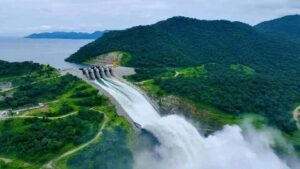
Beyond its engineering feat, the GERD is expected to boost regional power interconnectivity, supporting energy exports to countries such as Kenya, Sudan, and Djibouti. Experts predict that the project will significantly enhance Africa’s sustainable energy capacity, contributing to the African Union’s Agenda 2063 vision for inclusive growth and prosperity.
The Grand Ethiopian Renaissance Dam (GERD), Africa’s largest hydroelectric project, located along the Blue Nile in the Benishangul-Gumuz region, is central to Ethiopia’s ambitions to expand electricity access and drive economic growth for its 120 million citizens, while also enabling energy exports to neighbouring countries.
Egypt Voices Concerns
However, Egypt—which depends on the Nile for 90% of its freshwater—has voiced deep concerns that the GERD could reduce water flow during droughts and encourage further upstream projects. Egyptian officials, according to Reuters, argue the dam violates colonial-era water treaties and represents an existential threat to the country’s water security.
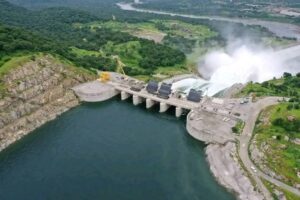
Egypt, backed by Sudan, has long demanded a legally binding agreement on the dam’s filling and operation. While Sudan fears potential water shortages, it also acknowledges possible benefits such as improved flood control and access to affordable energy.
Diplomatic efforts to mediate the dispute have repeatedly failed. During his first term, U.S. President Donald Trump supported Egypt’s position and even warned that tensions might push Cairo toward “blowing up the dam.” However, negotiations collapsed without a final settlement.

Ethiopia began filling the reservoir in 2020 in stages, maintaining that careful management and favourable rainfall would prevent major downstream disruptions. Independent studies confirm that so far, Nile water flow to Egypt and Sudan has not been significantly affected.
Domestically, GERD has become a symbol of national pride and unity, especially after years of internal conflicts. Analysts note that the project offers Ethiopians hope for economic transformation through electrification, industrialisation, and regional energy trade.
